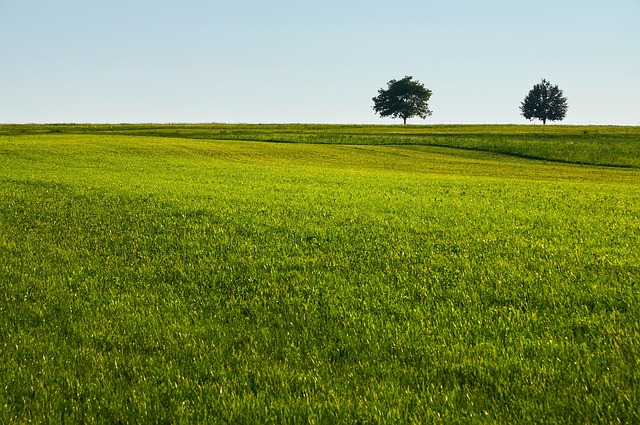Understanding your lawn's water needs, choosing the right irrigation system based on size and vegetation, and professional installation with regular maintenance are key steps for successful Lawn Care and Landscaping. These practices ensure optimal watering, plant health, and sustainable landscaping.
“Enhance your lawn care and landscaping with an efficient irrigation system. This comprehensive guide delves into the essentials of optimizing water usage, from understanding your lawn’s unique water needs to selecting the ideal irrigation system for your landscape.
We’ll walk you through the installation process, offering best practices to ensure a successful and sustainable setup. Whether you’re aiming for a lush, vibrant yard or efficient water management, this article provides valuable insights for every lawn care enthusiast.”
- Understanding Your Lawn's Water Needs
- Choosing the Right Irrigation System
- Installation Process and Best Practices for Landscaping
Understanding Your Lawn's Water Needs

Understanding your lawn’s water needs is a crucial step in effective irrigation system installation, vital for both lawn care and landscaping. Different grasses have distinct requirements, with factors like climate, soil type, and grass species influencing how much water they need. For instance, warm-season grasses typically require more water during the hot summer months, while cool-season grasses may only need a deep watering once a week.
Knowing when and how much to water is just as important as understanding the basics. Irrigating early in the morning or late in the evening is generally best, as cooler temperatures reduce evaporation rates. Regularly checking soil moisture levels with a moisture meter can help prevent over- or under-watering, ensuring your lawn receives the optimal amount of water for healthy growth and development in your lawn care and landscaping efforts.
Choosing the Right Irrigation System

Choosing the right irrigation system is a crucial step in any lawn care or landscaping project. It depends on several factors, including your yard’s size, shape, and existing vegetation. For smaller, uniformed shaped yards with similar soil types, a sprinkler system could be the most efficient option. These systems deliver water directly to the plant areas, minimizing waste and ensuring even hydration.
For larger or more diverse landscapes, drip irrigation or micro-sprinklers might be a better fit. These subtle systems release water slowly and close to the plant roots, enhancing soil moisture levels without creating puddles or wasting water. When planning your irrigation setup, consider your budget, environmental impact, and long-term maintenance requirements to make an informed decision that benefits both your lawn care and landscaping efforts.
Installation Process and Best Practices for Landscaping

The installation process of an irrigation system is a meticulous task that requires careful planning and execution, especially in landscaping. It begins with assessing the property to determine the most suitable layout for pipes and sprinkler heads, taking into account factors like sun exposure, terrain, and vegetation. This step ensures efficient water distribution while minimizing wastage. Professionals then dig trenches or use existing infrastructure to lay the piping network, ensuring proper depth and alignment.
Best practices in landscaping involve selecting drought-resistant plants compatible with automated irrigation systems. Grouping similar plants together optimizes water delivery, preventing over-saturation in some areas and under-watering in others. Regular maintenance, including filter cleaning and pressure adjustments, ensures the system operates at peak efficiency. Timely inspections also help identify leaks or damage, promoting sustainable lawn care and landscaping practices.
Irrigation system installation is a strategic investment in your lawn care and landscaping. By understanding your lawn’s water needs, selecting the appropriate irrigation system, and adhering to best practices during installation, you can ensure optimal watering efficiency and healthy, vibrant landscapes. Incorporating these strategies into your lawn care routine will contribute to the overall beauty and sustainability of your outdoor spaces.



